When you were told to get ready for US$30 a barrel of oil price 4-months ago (December 2014), you probably had freaked out. By last month, however, you might have had laughed off the idea, since the crude oil (WTI) rallied from roughly US$44 to US$54 a barrel. Today, you may kick yourself, if you have open positions betting on a bull crude oil (*grin*). Oil slumped to its lowest since March 2009.
West Texas Intermediate (WTI) for April delivery lost as much as 2.8% to US$43.57 a barrel in electronic trading on the New York Mercantile Exchange. And there’re compelling reasons why the bull was wrong and the bear is starting to create havocs, this time for real. But how could the WTI skyrocketed 22% only to tumble equally hard within merely 6-weeks? Remember the saying – if it sounds too good to be true, it may be a PONZI scheme.
Okay, crude oil is definitely not a ponzi scheme. But the worst is neither over. There were reasons why crude oil hit the roof, temporarily. If you still didn’t know, the U.S. largest refinery strike in 35-years affecting one-fifth of the nation’s production capacity was in full force for the whole month of February. The last nation strike occured in 1980, where interruption to oil production lasted 3-months.
Fortunately, to the consumers, the United Steelworkers union and oil companies have reached a tentative deal to end the strike three days ago. With 30,000 workers nationwide are now back to pumping the black oil, naturally gas prices are starting its bungee jump. As we’re back in business, the old worries are back on the table, once again. Let’s revisit these issues, together with some new problems.
Firstly, government data showed U.S. output and stockpiles expanded to the highest levels in more than 30-years. Former Federal Reserve Chairman Alan Greenspan said the following – the market hasn’t bottomed yet because tanks at the U.S. storage hub are reaching full capacity. U.S. crude tanks are 63% full with about 377 million barrels of onshore storage space left.
Secondly, despite its stockpiles rose to a staggering 448.9 million barrels through March 6, the highest weekly records since Auguts 1982, the U.S. oil production will expand this year by about 750,000 barrels a day to 12.56 million a day – up from analysts’ estimation of 12.41 million. In short, the U.S. continues pumping at least 9.37 million barrels a day, the most since January 1983.
Thirdly, as the new Saudi Arabia new King Salman busy consolidating his power to ensure his sons would have better chance of inheriting the throne of the kingdom, his administration is not expected to rock the boat. Saudi-led OPEC, which supplies 40% of world’s oil, is not expected to call for any output cut at its next meeting, scheduled on June 5.
Fourthly, while Americans are rejoicing cheaper gasoline due to stronger dollar, the same cannot be said about other countries. Stronger U.S. dollar means Europe and Asia whose currencies have weakened against the dollar are “forced” to buy less oil for a dollar. Naturally, the demand for oil falls and there’s only one place to go for the excessive oil – U.S. onshore storage.
Fifthly, are you ready for a Federal Reserve interest rate hike in June, three months from now? The first Fed rate hike since June 2006 is absolutely high now. Investors will be watching the Fed’s two-day policy meet that begins on Tuesday for clues on how soon it could raise interest rates. An interest rate hike will cause the dollar to strengthen even further, pushing more oil into storage due to even lesser demand.
Sixthly, thanks to President Obama, the United Nations sanctions on Iran is about to be lifted over a political agreement in nuclear talks between United States, Iran and European powers. What this means is Tehran would at least be allowed to produce and sell oil openly, increasing the supply of the already global oil glut. In less than two months, once again consumers have reason to rejoice – cheaper gasoline.
Other Articles That May Interest You …
- This Country Is So Badly Hit By Oil Prices That Having Sex Is Impossible
- Forget About Oil Crisis, Here’s New US$57 Trillion Global Debt Crisis
- BOOM!! RON95 Cheapest Since 2008 Recession, But Nothing Else’s Cheaper
- BOOM!! RON95 & RON97 Cheaper By 35 Sen – Here’s Why You Shouldn’t Be Happy
- BOOM!! US$1.69 / Gallon & New Record In Daily Gasoline Prices Decline
- Are You Ready For Crazy Oil Prices At US$30 A Barrel?
- Dollar Bull Run Could Wreck Havoc In Asia, Particularly Malaysia

|
|
March 16th, 2015 by financetwitter
|


|

|

|

|

|

|






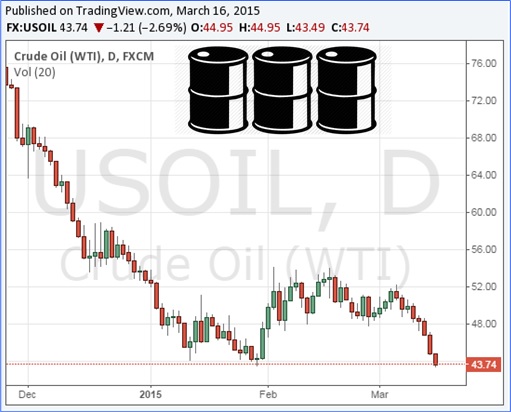
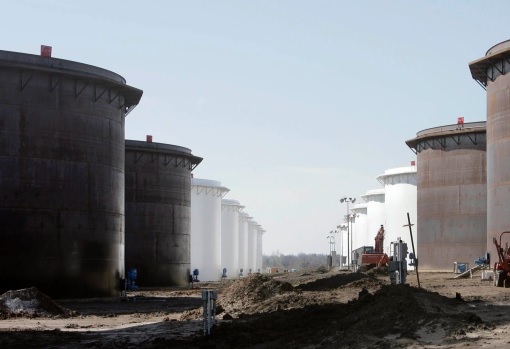


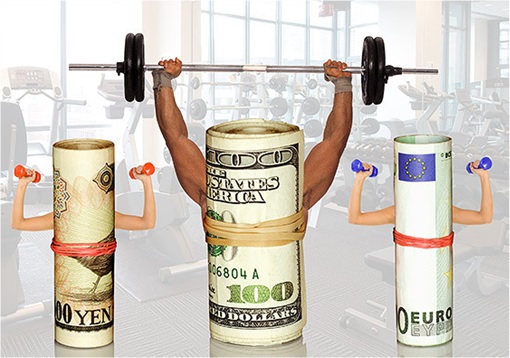
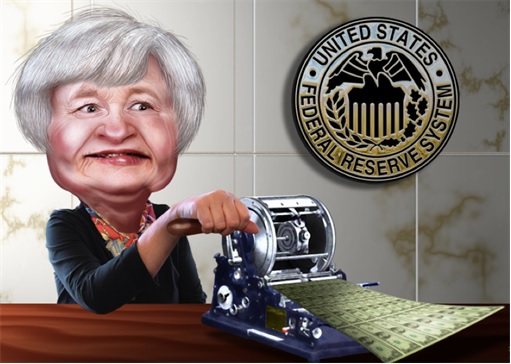
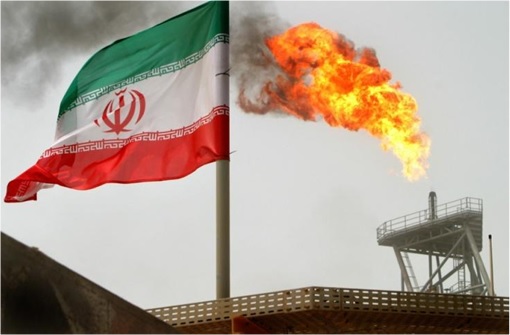






















Comments
Add your comment now.
Leave a Reply